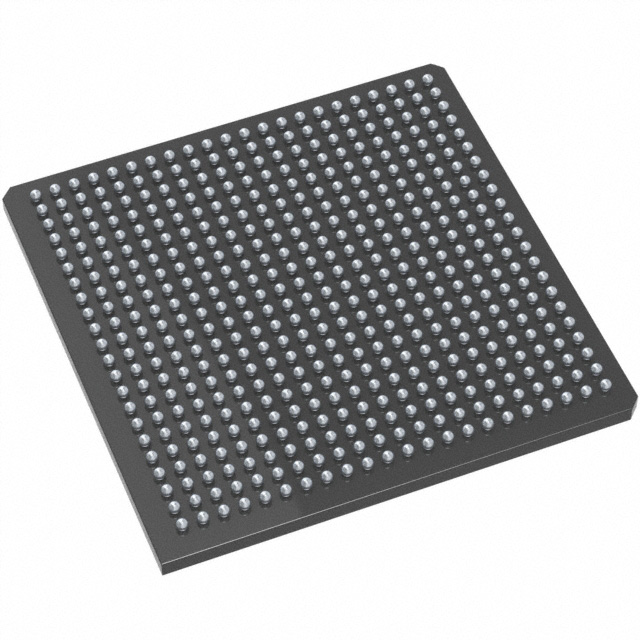M2S025-FGG484
Manufacturer No:
M2S025-FGG484
Manufacturer:
Description:
IC SOC CORTEX-M3 166MHZ 484FBGA
Datasheet:
Delivery:





Payment:




In Stock : 851
Please send RFQ , we will respond immediately.









M2S025-FGG484 Specifications
-
TypeParameter
-
Supplier Device Package484-FPBGA (23x23)
-
Package / Case484-BGA
-
Operating Temperature0°C ~ 85°C (TJ)
-
Primary AttributesFPGA - 25K Logic Modules
-
Speed166MHz
-
ConnectivityCANbus, Ethernet, I²C, SPI, UART/USART, USB
-
PeripheralsDDR, PCIe, SERDES
-
RAM Size64KB
-
Flash Size256KB
-
Core ProcessorARM® Cortex®-M3
-
ArchitectureMCU, FPGA
-
PackagingTray
-
Product StatusActive
-
SeriesSmartFusion®2
The 5CSXFC2C6U23I7LN is an integrated circuit chip from Intel's Cyclone V series of Field-Programmable Gate Arrays (FPGAs). Here are some advantages and application scenarios of this chip:Advantages: 1. High Performance: The 5CSXFC2C6U23I7LN chip offers high-speed processing capabilities, making it suitable for applications that require real-time data processing and high-performance computing. 2. Flexibility: Being an FPGA, it allows for reprogramming and customization of the chip's functionality even after deployment. This flexibility makes it suitable for applications that require frequent updates or changes in functionality. 3. Low Power Consumption: The chip is designed to be power-efficient, making it suitable for battery-powered or energy-constrained applications. 4. Integration: It offers a wide range of integrated peripherals and interfaces, reducing the need for additional external components and simplifying the overall system design.Application Scenarios: 1. Embedded Systems: The 5CSXFC2C6U23I7LN chip can be used in various embedded systems, such as industrial automation, robotics, and automotive applications. Its high performance and flexibility allow for real-time control and processing of data from various sensors and actuators. 2. Communications: The chip's high-speed processing capabilities make it suitable for applications in telecommunications, networking, and data centers. It can be used for tasks like packet processing, encryption/decryption, and protocol handling. 3. Video and Image Processing: The FPGA's parallel processing capabilities can be leveraged for video and image processing applications, such as video surveillance, image recognition, and computer vision. 4. High-Performance Computing: The chip's high-performance capabilities make it suitable for applications that require intensive computational tasks, such as scientific simulations, financial modeling, and data analytics.It's important to note that the specific advantages and application scenarios may vary depending on the requirements and design choices made by the system designer.
M2S025-FGG484 Relevant information
-
TA7S20-60GI
Analog Devices Inc. -
QN9020/DY
Hittite -
CY8C21534-PVXE
Cypress Semiconductor Corp -
CY8C21434A24LTXIKC
Cypress Semiconductor Corp -
CY8C21534-12PVXET
Cypress Semiconductor Corp -
TA7S20-60GI
Analog Devices Inc. -
SAF3604EL/V3040AY
NXP USA Inc. -
SAF3604EL/V3040BY
NXP USA Inc. -
SAF3604EL/V3040BK
NXP USA Inc. -
SAF3604EL/V3040AK
NXP USA Inc.







